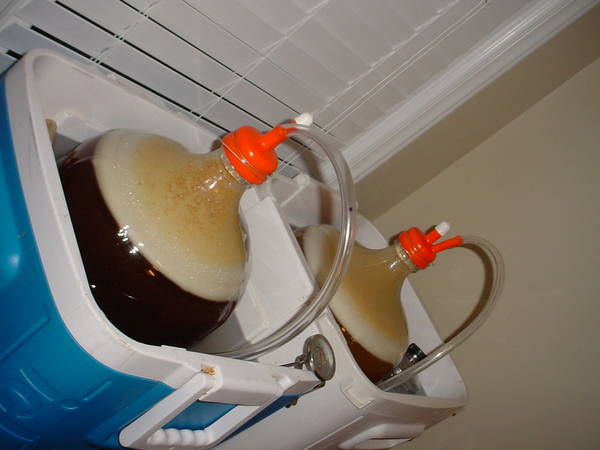I understand about the heat. Really, I do.
And YES, it will be better if you can ferment in the low to mid 60s. Immensely better! Best thing I ever did in my brewing life was to pay attention to temperatures!
There are many ways, even in Florida - Get an ice chest big enough to hold your carboy/bucket. Place the bucket in the water. Fill with cool water (my tap water is 85 - I have to dump ice in, too!) - regulate to about 62-65F.
Put in the house during the summer, not the garage.
Freeze some plastic coke/water bottles, capped. Freeze several! - before you go to work, throw a couple in the ice chest. When you get home, swap them out for more frozen ones - keep this cycle for the first week of fermentation, at least.


